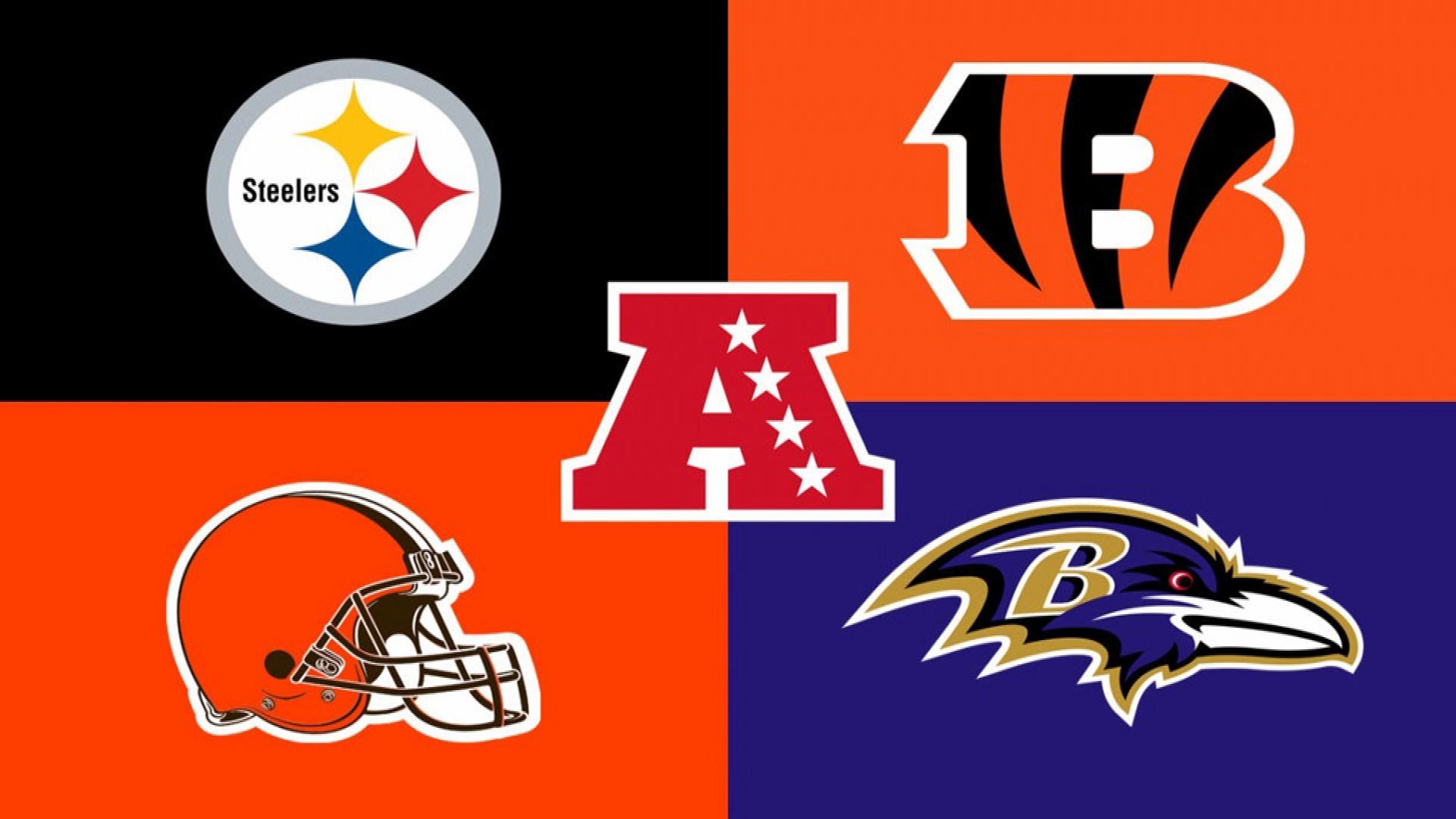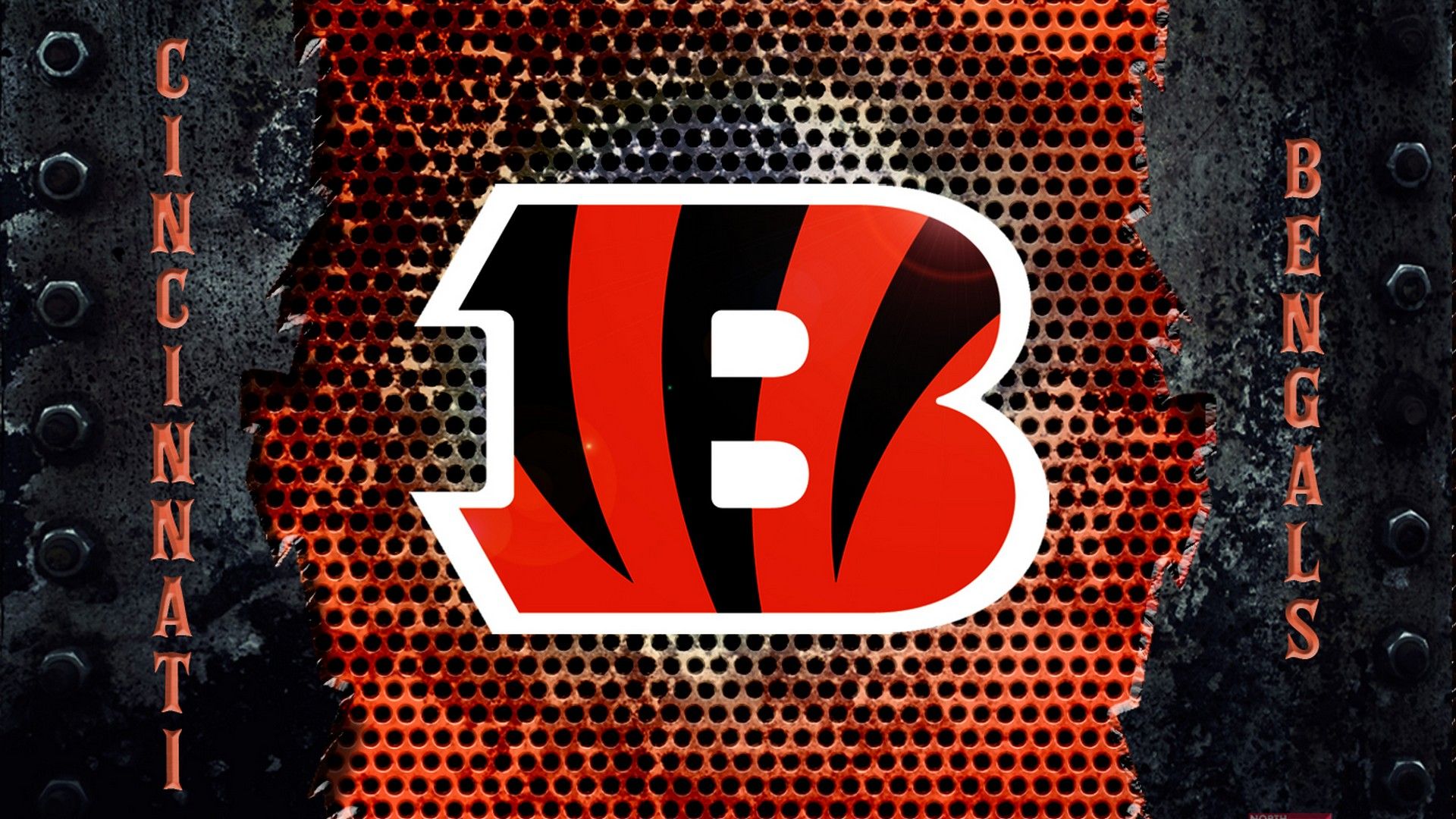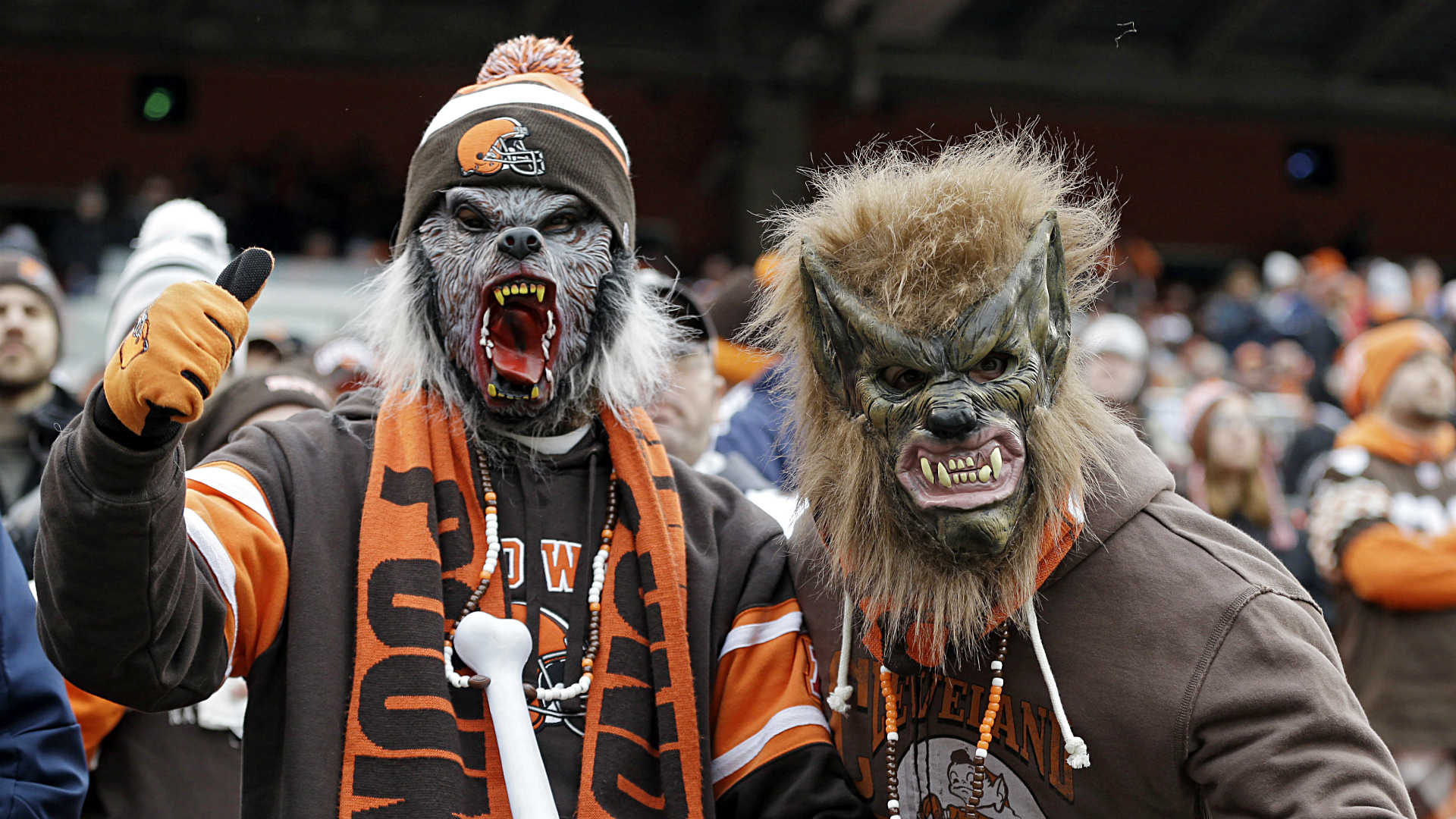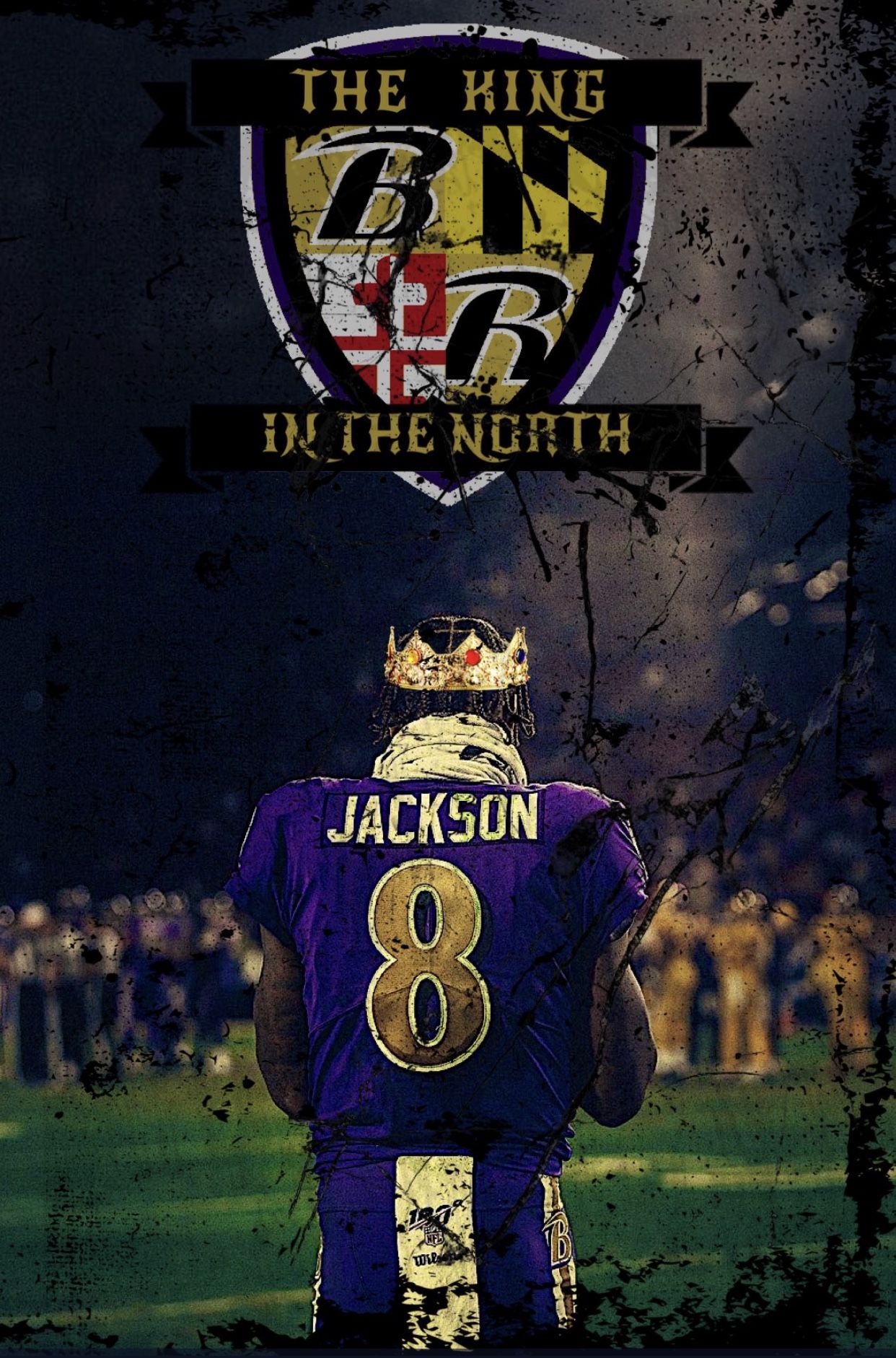
Welcome to my new series, where I will take a deep dive into each NFL division, looking at what mattered in 2019, which of course shapes what will matter in 2020. This series will provide in-depth, team-by-team analysis on coaching, offensive lines, running games, and passing attacks. I grabbed my advanced stats and metrics from Player Profiler, Pro Football Focus, Football Outsiders, and Sports Reference.
Watch for updates during Training Camp/Preseason.

Pittsburgh Steelers
Coaching
Outside of last season, where QB Ben Roethlesberger got hurt early and missed the entire season, the Steelers have attempted at least 574 passes (whopping 675 times in 2018) and 1011 plays per season since 2012, putting them in the upper echelon of both plays-per-game and pass-to-run ratios. With Roethlesberger entering his age 38 season, and the Steelers defense becoming one of the best in the league last season, Pittsburgh may decide to dial it back some. The Steelers’ offense is a sneaky buy-low going into 2020.
Offensive Line
Pittsburgh’s offensive line took a step back last season, but they can rebound quickly. Considering the quarterback carousel that happened last season, their line fared very well in pass protection, ranking 12th in adjusted sack rate. Where the Steelers really struggled was in run blocking. In 2018, they created 2.3 yards per carry before contact, but in 2019 that per-carry figure dropped to 1.4 yards, which tied them with the Jets for dead last in the NFL. Long time LG Ramon Foster retired. As a replacement, they signed Stefen Wisniewski who graded out higher than Foster last season. The biggest area for improvement must come through Maurkice Pouncey, who had the worst-graded season of his career, per PFF.
Running Game
Many of James Conner’s metrics remained the same from 2018 to 2019: juke rate, yards created per carry, evaded tackles per game, and yards after contact. Part of his struggles early on were the yards before contact, where his rate dropped from 2.4 in 2018 to 1.7 in 2019. Through the first seven games of the 2019 season, Conner averaged 14 carries, four receptions, and 88 total yards. He scored five touchdowns in that span. Keping in mind that these numbers were with Mason Rudolph and Duck Hodges as quarterback, so the upside remains. However, there is the injury factor. Conner has now essentially missed 12 games since taking over as the Steelers’ starting back. In 2018, he missed three games due to a concussion and a sprained ankle. In 2019, he left three separate games with injuries and missed six total games from a knee sprain, ankle sprain, quadriceps strain, AC joint sprain, and another quadriceps injury. One must wonder if Conner is up to the rigors of the NFL. While this may sound distasteful, Conner is a cancer survivor who went through cycles of chemotherapy, which could have affected his fragility (as chemo is known to do).
Passing Game
Roethlisberger’s 16 game averages since 2012: over 4,600 yards, 30 TDs, 14 INTs, and six 300 yard games. Big Ben also had some large home/road splits from 2014 through 2017 but those seemed to stabilize in 2018 and 2019. If Roethlisberger has his way, and is allowed to call all the plays at the line, we could see a major bounce back. In 2018, he set career highs in completions, completion percentage, attempts, and touchdowns.
In his first season without alpha dog Antonio Brown, WR Juju Smith-Schuster underwhelmed. While many want to blame it on Juju being “the guy,” the bigger problem was the quarterback play and injuries (he was not credited with a single broken tackle after the catch). In week 1 with Roethlisberger under center, Schuster caught 6 of 8 passes for 78 yards, and for the season he still had similar YAC/R despite playing fewer snaps out of the slot. In week 1, Schuster also hurt his toe, something that limited his practice time and nagged him throughout the season. Through the first seven games before he reaggravated the toe injury, Schuster was on pace for a 69-1,013-7 line, on just 105 targets. His best comparison is DeAndre Hopkins, who experienced a similar lackluster season in 2019. Schuster is in a contract year, providing plenty of incentive to show the Steelers and the NFL he can be a #1 wide receiver and should be paid like one. In fantasy, he’s a WR2 who still possesses top 5 upside.
Diontae Johnson had a really impressive rookie season in 2019, putting up a 59-680-5 line despite starting the season behind James Washington. At Toledo, Johnson had a great sophomore season and a down junior season. However, he was an ace on special teams, a pretty good indicator for success at the next level. He had a respectable 1.6 yards per route run, putting him just under players like Beasley, DK Metcalf, Calvin Ridley, and Tyler Boyd. Most notably, Johnson led the NFL in target separation. Could Johnson overtake Schuster as the 1A?
There is quite possibly a win-win situation here that, even if Johnson turns out to be the “one,” Schuster is more than capable of being the 1B like we saw with AB in 2017 and 2018.
Washington and rookie Chase Claypool will play the situational deep threat, allowing Schuster to play out of the slot more often.
The Steelers brought in Eric Ebron at tight end, to pair with the oft-injured Vance McDonald. If Ebron ends up being an every-down player, there is upside. If he’s splitting reps with McDonald, they’re both dart throws on a week-to-week basis.
Possible Downsides
The Steelers actually learn how to deploy a RBBC system in order to keep Conner healthy.
Roethlisberger’s arm is not the same after elbow surgery, plus the easily-conceived notion of him missing games again. Rudolph and Hodges are still the only two QBs on the roster.
Draft Analysis
It looked as though the Steelers were not to happy with Schuster’s or Washington’s efforts playing on the outside as they opted to select Claypool in the second round of the draft. Claypool is a massive 6’4″ and 240 pounder who ran a 4.42 second 40-yard dash at the combine, giving him elite speed with elite size. Claypool’s addition should allow Schuster to move back into the same slot role he played in 2017 and 2018 when he took the league by storm.
Pittsburgh added RB Anthony McFarland early in the fourth round. McFarland should be viewed as the highest-upside handcuff option if or when Conner gets hurt again.
Later in the fourth round, the Steelers addressed the guard position with Kevin Dotson. Dotson should have an immediate opportunity to fight for a chance to replace the now-retired Ramon Foster.

Cincinnati Bengals
Coaching
A disciple of Sean McVay, Bengals head coach Zac Taylor tried to replicate what the Rams have done, but was a poor man’s version in 2019. The Bengals ran an up-tempo offense and ranked seventh in pace, while finishing above average in plays-per-game. The Bengals were on the higher side of the pass-to-run ratio, and it will be interesting to see if they try to tail that back this season with a rookie quarterback under center.
Offensive Line
The Bengals’ offensive line was bad in 2019, as they ranked in the bottom third in the NFL in adjusted sack rate, sacks allowed, adjusted line yards, and yards before contact. The team must prioritize the line this year in order to help protect overall first pick Joe Burrow. Offensive tackle Jonah Williams missed all of 2019, but will return in 2020, which should help. Williams was the eleventh pick last year and some considered him to be the best offensive linemen in last year’s draft.
Running Game
Joe Mixon is one of the most talented running backs in the NFL and enters his contract year primed for a breakout, top ten finish in 2020. After perplexing usage in the first half of the season, Taylor committed to Mixon in a big way in the second half of the season, which Mixon turned into a 177-817-5 line. Mixon is an efficient receiver out of the backfield, but Taylor has yet to utilize that skill set as Mixon only 45 saw targets in 2019. That is the only thing holding Mixon back from his top five upside in 2020.
Passing Game
Burrow will enter his rookie season with high expectations after lighting it up at LSU last season. A top recruit out of high school, Burrow flamed out at Ohio State and was unable to vault himself into a starting position. He then transferred to LSU but did not take over starting duties until the second half of 2018. As a senior at age 23, LSU brought in Joe Brady as OC and the Tigers possessed a wealth of riches at the skill positions between Ja’Marr Chase, Justin Jefferson, Thaddeus Moss, and Clyde Edwards-Helaire. It is fair to wonder how much Burrow was propped up by his talented teammates. On the other hand, Burrow’s efficiency metrics were so high last season, it’s impossible not to be optimistic for his NFL career. Keep in mind that in 2018, Baker Mayfield broke the record for rookie passing touchdowns. Unless they have true running capability, it is better to let other fantasy leaguers overdraft rookie quarterbacks. Instead, take a better look at them in year two, when their largest leaps tend to take place.
The Bengals do have passing weapons (if they can stay healthy): A.J. Green, Tyler Boyd, rookie Tee Higgins, John Ross and Auden Tate.
Green is still a WR1 if health permits. He has never had a target share under 26% and is a true alpha in the league. In the six seasons in which he has played at least 13 games, Green has averaged an 81-1208-9 line. The obvious caveats are:
- Will Green sign the franchise tender and stay in Cincinnati?
- He has now missed 29 games over the last four seasons.
- He turns 32 in July.
Boyd would move to his more natural number two/slot role if Green were able to stay healthy. While that would obviously be a blow to Boyd’s volume, he was more efficient in 2018 when Green was opening space for him over the middle of the field. On 40 less targets, Boyd put together a near-identical season in 2018 as he did in 2019.
The Bengals used the 33rd overall pick of the draft on wide receiver Tee Higgins. As such, the third receiver role is a bit muddied now with the most likely scenario being a timeshare approach between Higgins and Ross. We should see a couple of blow-up games as Higgins and Ross play the number three/field stretcher role in this offense, but predicting those will be tough. With the depth at wide receiver that the Bengals have, it’s hard to see either of them breaking out in 2020 without an injury to either Green or Boyd.
Tight end in this offense is not a position to invest in.
Possible Downsides
Green leaves.
There is no improvement in offensive line play.
Burrow shows that Carson Wentz was an outlier as an older rookie quarterback, and was more a product of what was around him at LSU.
Taylor scales Mixon’s workload back closer to the first half of the season than the second half.
DRAFT ANALYSIS
The Bengals had a positive draft by simply having the first overall pick (Burrow). They already have plenty of skill position talent in Mixon, Green, Boyd, Ross, and Tate to help thier new quarterback this season, yet they still decided to spend the first pick of the second round on Higgins. While 2019 first round pick Jonah Williams is supposed to come back healthy, it was surprising that Cincinnati did not invest more into their offensive line to help Burrow and the skill players. Cincinnati spent three picks on off-ball linebackers; that is not the greatest use of draft capital, especially for a rebuilding team that could turn it around quickly.

Cleveland Browns
Coaching
With all the hype going into 2019, the Cleveland Browns severely underperformed and turned over their coaching staff. Former Vikings offensive coordinator Kevin Stefanski now walks in as the new head coach, and former Packers quarterbacks coach Alex Van Pelt is the new OC. Stefanski will surely try to replicate what was done in Minnesota last season with a run-heavy, two-TE offense.
Offensive Line
While Cleveland’s line was below average last season, it seems to have the ability to be fixed quickly. LG Joel Bitonio and C JC Tretter were still very good last season and it showed, especially in the running game, as the Browns ranked tenth in adjusted line yards. Cleveland signed free agent right tackle Jack Conklin to solidify the position and addressed left tackle by selecting Jedrick Wills, a consensus top four tackle in the draft, with the tenth overall pick. With above-average talent at 4 of the 5 spots on the line, the Browns have the makings of one of the best O-lines in the NFL.
Running Game
The Browns’ good run-blocking offensive line allowed running back Nick Chubb to rush for 1,497 yards. He is one of the favorites to lead the NFL in rushing in 2020. In 2019, Chubb ranked first in breakaway runs, tenth in breakaway run rate, tenth in juke rate, second in evaded tackles, and third in yards after contact per carry.
While Chubb is a rock-solid RB1, Kareem Hunt’s presence is holding him back from elite status. While Hunt isn’t a big threat from a rushing usage stance, he did cut Chubb’s receiving usage to nearly nothing (Chubb averaged just 1.1 target per game after Hunt came back from an 8-game suspension). Hunt could also hurt Chubb’s red zone usage, especially between the five and 10-yard lines, since he is the better receiving back.
If either Hunt or Chubb were to get hurt, either-or would warrant top five status.
Passing Game
It looks like Stefanski intends on running the same offense as he did in Minnesota last year. The Browns have Odell Beckham Jr. and Jarvis Landry to play the Stefon Diggs and Adam Thielen roles while David Njoku and new free agency addition Austin Hooper play the Kyle Rudolph and Irv Smith roles.
The Browns’ passing game will be predicated on whether the defense plays well and if they can establish early leads in games. When there was less than a one-TD difference in the game, the Vikings ranked top ten in pace.
QB Baker Mayfield should improve this season with a better offensive line, more 12-personnel sets, and working off play-action more than they did under Freddie Kitchens. With so many safer options and quarterbacks with higher rushing upsides, it will be tough calling Baker an every-week starter outside of two-QB leagues.
Beckham Jr. was already in the top five in air yards last season, and he is presumably enters the 2020 season fully healthy after playing all of last season with an injured groin. One would expect him to be back in the top 10-12 WR range in 2020. Still, based on the variables for Baker, and how this offense will run if they are winning games, it will be hard to see OBJ providing WR1 consistency.
While Beckham Jr. and Landry had a near-even target share last season, I believe the cream rises to the top and with better offensive line play giving Baker more time in the pocket, Landry may see a slight downgrade in target share this season. He is still a solid WR3 and has on-field rapport with Baker, while Beckham Jr. has struggled with ailments the past few seasons.
Hooper’s bank account may be winning after he signed his free agent contract, but he may be the biggest loser from a fantasy points perspective. Hooper accumulated 60% of his stats in the second halves of games on a horrible and consistently-down Atlanta Falcons team. It is hard to see him commanding over 80 targets in the Browns offense, making him a TE2 and off the fantasy radar.
Possible Downsides
First, they’re the Browns.
On the defensive side of the ball, there is potential for a very good defense with young corners Greedy Williams and Denzel Ward, paired with a very good front four that includes Myles Garrett. If the defense lives up to its potential, the Browns will find themselves in many positive game scripts, pounding the rock and limiting the upside for the passing game.
If the Browns struggle on defense and are trailing, the passing game may gain steam, and Chubb could be affected by a full season of Hunt on the field.
DRAFT ANALYSIS
Cleveland had a strong draft, landing one of the top four tackles in college in Wills at pick number ten to solidify what could be a top 10 offensive line in 2020. Securing the offensive line will immediately pay dividends for both Chubb and Mayfield as he tries to put 2019 behind him.
The next three picks were all to address some holes on defense. Safety Grant Delpit, a dynamic coverage safety who displayed weak tackling skills, is added to a secondary that has Ward and Williams. Cleveland also added some front seven help with a defensive tackle and linebacker, a position that lacked quality and depth.
Interestingly, the Browns selected Harrison Bryant, the Mackey Award winner for the best tight end in college last season. One has to wonder if they are looking to move Njoku after making Hooper the highest paid tight end in the league.
With their final pick in the draft, a sixth rounder, they selected a “project” in the ultra-size/athletic WR Donovan Peoples-Jones.

BALTIMORE RAVENS
Coaching
John Harbaugh, Greg Roman, and Lamar Jackson’s Baltimore Ravens were a revelation last season. Ranking just 27th in pace, the Ravens still ran the most plays in the NFL by putting together one of the best running games in NFL history. The Ravens will return most of their key players from last season and bolstered their defense in free agency. They added weapons for Jackson in what is believed to be one of the deepest wide receiver classes in the last decade.
Offensive Line
The Ravens will return four out of five starters from 2019’s elite offensive line. They ranked third in adjusted line yards, second in yards before contact, eighth in adjusted sack rate, first in least amount of hurries, and bottom five in quarterback hits allowed. The Ravens lost Marshal Yanda to retirement, but Jackson’s unique running abilities actually help his offensive line. The four returning starters still graded above average while Ronnie Stanley graded out as one of the best left tackles in the league in 2019.
Running Game
Jackson, Mark Ingram, and Gus Edwards all carried the ball over 130 times in 2019. Lamar’s amazing running abilities cap the ceiling for Ingram and at the same time gives him a solid floor providing extreme efficiency on the lower volumes. The Ravens seem to have no issues running Jackson 160+ times per season, establishing him as a perennial threat for 1,000 yards rushing at the quarterback position. Newly-drafted running back stud JK Dobbins seems like the handcuff to Ingram, despite Edwards existence on the roster. The way the Ravens’ running game operates, large-sized, downhill running backs suit thier scheme best, and mobile quarterbacks tend not to check down to their backs. As a result, Baltimore had the third-lowest running back target share in the NFL last season.
Passing Game
The Ravens had a chance in the draft to add more viable wide receiver weapons for Jackson, who was particularly effective throwing over the middle of the field vs. outside the hash marks. Whether that was because of his lack of accuracy, or the lack of weapons has yet to be confirmed.
Baltimore already has a small, outside speed receiver in Marquise Brown, so finding a more versatile player that can play both inside and outside was their best option, especially considering the amount of heavy personnel sets they use.
The diminutive Brown played most of the season injured. At 5’9″ and just 170 pounds, it is fair to wonder how much he can handle in the NFL as the number one wide receriver on the team. TE Mark Andrews has become the Ravens’ first option in the passing game, and projects to lead the team in 2020 in targets, receptions, yardage, and touchdowns, making him a shoe-in top five tight end with top-three upside.
Jackson was extremely efficient on low volume passing last season due to his unique running abilities. On just 401 attempts, he threw for 36 touchdowns. To put that into perspective, he had the same touchdown percentage as Patrick Mahomes in Mahomes’ 50-TD season in 2018. Jackson’s passing touchdowns are due for regression, but there is room for a higher rushing touchdown total in 2020, which could offset the difference. Jackson will be the first quarterback taken off the board in fantasy drafts. In fact, he may possibly be taken within the first two rounds of some drafts. However, the gap between him and Mahomes should shrink in 2020.
Possible Downsides
With a full season of this new offense, it will be interesting to see if teams are able to make some adjustments to help hinder the Ravens’ efficiency.
Even with a downturn in efficiency, it is almost impossible to see how Jackson does not finish in the top five at quarterback this season, barring an injury.
Draft Analysis
The Ravens continued boost their defense in this year’s draft, spending their first-round pick on off-ball linebacker Patrick Queen, a fast (4.5 40-yard dash) sideline-to-sideline coverage defender.
In the second round, Baltimore selected Dobbins as the heir to Ingram, who is entering his age 31 season (and can be cut after the 2020 season with just a $1.3 million cap hit). Dobbins is very talented, but with Ingram and Edwards on the roster, he is a priority dynasty player. In seasonal leagues, Dobbins is just a guy to keep an eye on during camp and someone to keep in the back of your mind if anything were to happen to the starters.
With Yanda’s retirement, the Ravens decided to draft two more interior linemen.
Surprisingly, Baltimore decided not to add an elite wide receiver to pair with Jackson. The only wideout they chose was speedy slot receiver Devin Duvernay. The lack of wide receiver additions only solidifies the plan to continue rushing Jackson over 160 times this season, while pairing him with players like Andrews and Brown, who excel over the middle of the field.
Things to note for the upcoming 2020 season
- Due to COVID-19, this much-anticipated rookie class could come out of the gates slowly.
- With the possibility of no training camp and fewer practices, veterans will have an edge, especially at wide receiver where typically you see rookie breakouts over the second half of the season (think Deebo Samuel and A.J. Brown in 2019).
- Teams installing new coaching staffs/schemes will be at a disadvantage with less preparation.
- Historical data shows that the average player who misses training camp will miss more regular season games than players who attend camp due to strength and conditioning programs.
Some notes on coaching
- Historically, head coaches have more of an effect on the offensive coordinator than the OC does on the actual offense.
- The amount of plays per game correlates more to the head coach’s history than an offensive coordinator. Historically, these trends tend to be very consistent from season to season.
- In their first seasons, head coaches and offensive coordinators tend to be a little more conservative than in their later years.
- Coaches with rookie quarterbacks tend to pass less than their historical data shows.
Follow Ikey Azar on Twitter @IkeyAzar.


